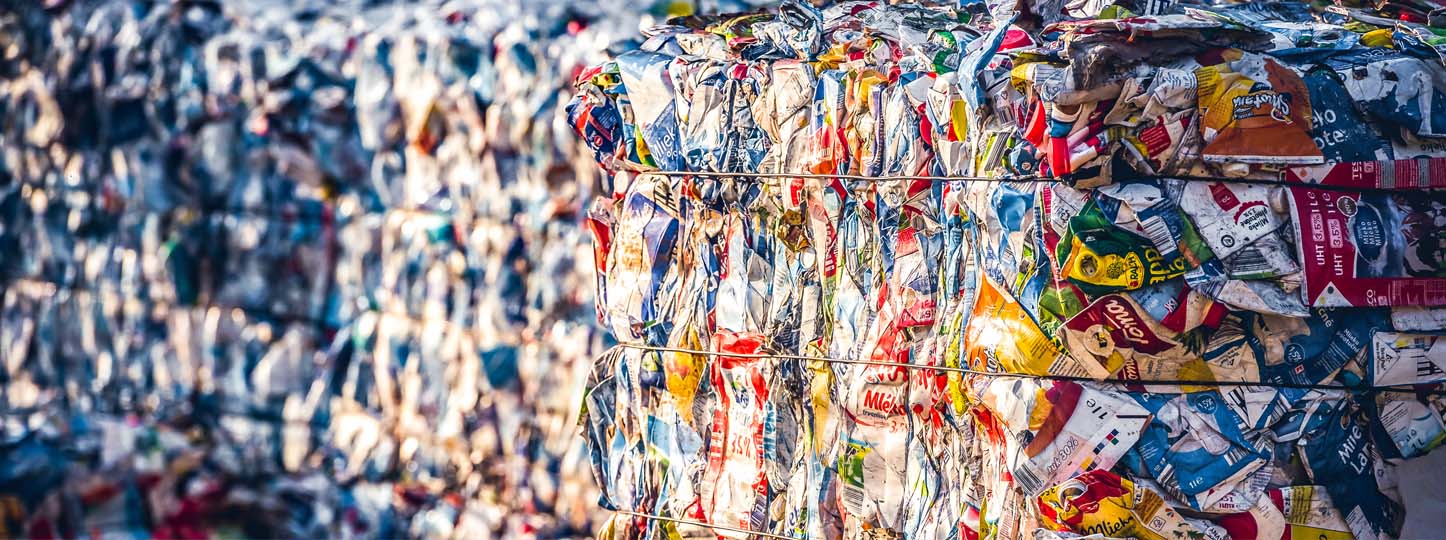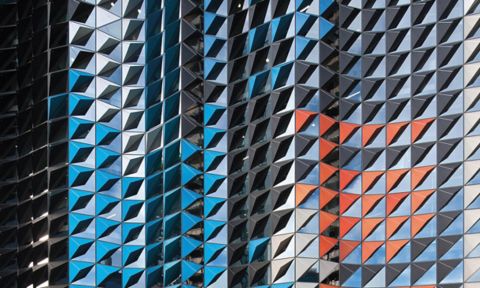RMIT strengthens commitment to Asia through renewed partnership with Asia Society Australia
RMIT University and Asia Society Australia (ASA) last night announced the second phase of their partnership and launched the renamed RMIT Asia Hub, front door to understanding and engaging with Asia in Melbourne.
RMIT Centre for Innovative Justice shapes justice system reform to better support survivors of sexual violence
The Centre for Innovative Justice (CIJ) has played a key role in shaping the Australian Law Reform Commission’s (ALRC) Safe, Informed, Supported: Reforming Justice Responses to Sexual Violence report.
Empowering people and communities through critical media literacy
The School of Media and Communication has launched the RMIT Information Integrity Hub, a new initiative that brings together the School’s world-class education and research capabilities to continue to address the origins and spread of mis- and disinformation.
Australia’s visual and craft arts sector likened to the gig economy in new report
A new study into the incomes and career lifecycles of Australia’s visual arts and craft workers has revealed conditions are deteriorating.







